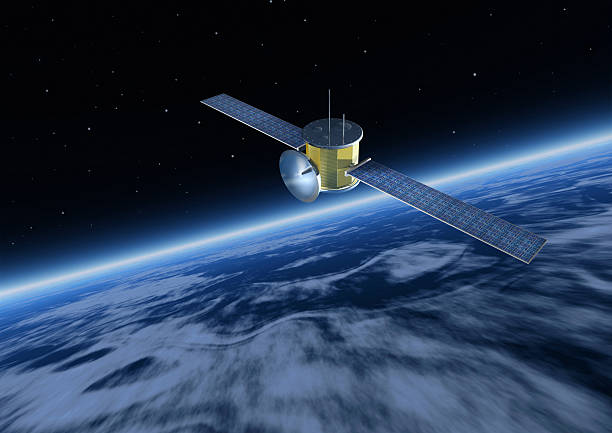The importance of satellite communication to our lives can not be denied today. For instance, in agriculture, farmers have now more reasons to switch from analog telephones to VoIP (voice over Internet protocol) phones which are now cheaper than analog phones. Likewise, telecommunications companies are also reaping benefits by using the latest satellite communication technology in their satellite phones.
Developments in Satellite Communications:
There have been many developments in satellite communications technology over the years. Some of these include LEO satellites, geosynchronous satellites, cubists, and microsat. There has also been the development of the first reusable rocket to put the capability to relay communications earth-to-earth. However, the biggest advancement to satellite communication was the development of the satellite communication system, Leo, which started operation in 1966. The LEO satellites provided communications services for the U.S. federal government, and later the global positioning system or GPS for navigation purposes.
GPS:
GPS (Global Positioning System) has become the most indispensable piece of equipment for modern navigators. The system uses satellites to help with navigation by determining where a vehicle is and how long it has been since it last checked in. These satellites are placed in a synchronous orbit around the Earth and help in taking navigational positions and correcting the position of the vehicle relative to the GPS coordinate. This enables vehicles to take their turns and stay on course.
Internet Telephony:
In terms of communication satellite technology, there have been some developments too. Mobile satellite phones were introduced to the market to provide connectivity for people anywhere in the world. It is capable of both voice and data transmission. There are different services like Internet Telephony, which enables voice conversations over any medium to the surface of the earth. There are also mobile base stations that facilitate the local area connectivity.
Recently the telcos are also exploring the realm of satellite communications. MTN and Tata Communications have introduced 5G connectivity with satellite technology. Satellite technology is also aiding in providing television services to millions of households. One can watch videos and movies directly on their television sets.
Remote Sensors and Equipment:
Moreover, there is a whole new realm of technology opening up thanks to these deep space communication missions. Researchers are now able to monitor the activities of the astronauts through remote sensors and equipment installed in space. The data collected and transmitted from these sensors form a rich source for scientific analysis. These data also form the first step towards understanding the life that exists in other worlds.
The advantage of this kind of technology is the reduction in the cost involved for communication. For long distances communication is impossible. Now, all you need is a radio communication system and a transmitter to send and receive data. It is also cheaper than the existing radio communication technologies. Moreover, space satellites are now more affordable as compared to the launches of different types of spacecraft.
Improvements in Satellite Communication:
It is expected that shortly, the launch of several communications satellites will be made possible by using the new technology. This will increase the range of the signals and will enable communications for international users. Also, it will be easier for people from different parts of the world to use this service. The increased range of the signals will enable people in remote areas to share news and information. In due course of time, we can expect to see a lot of improvements in the area of remote sensing. Some exciting experiments are being conducted right now on the Mars Lander exploring the terrain below the surface of the red planet.

